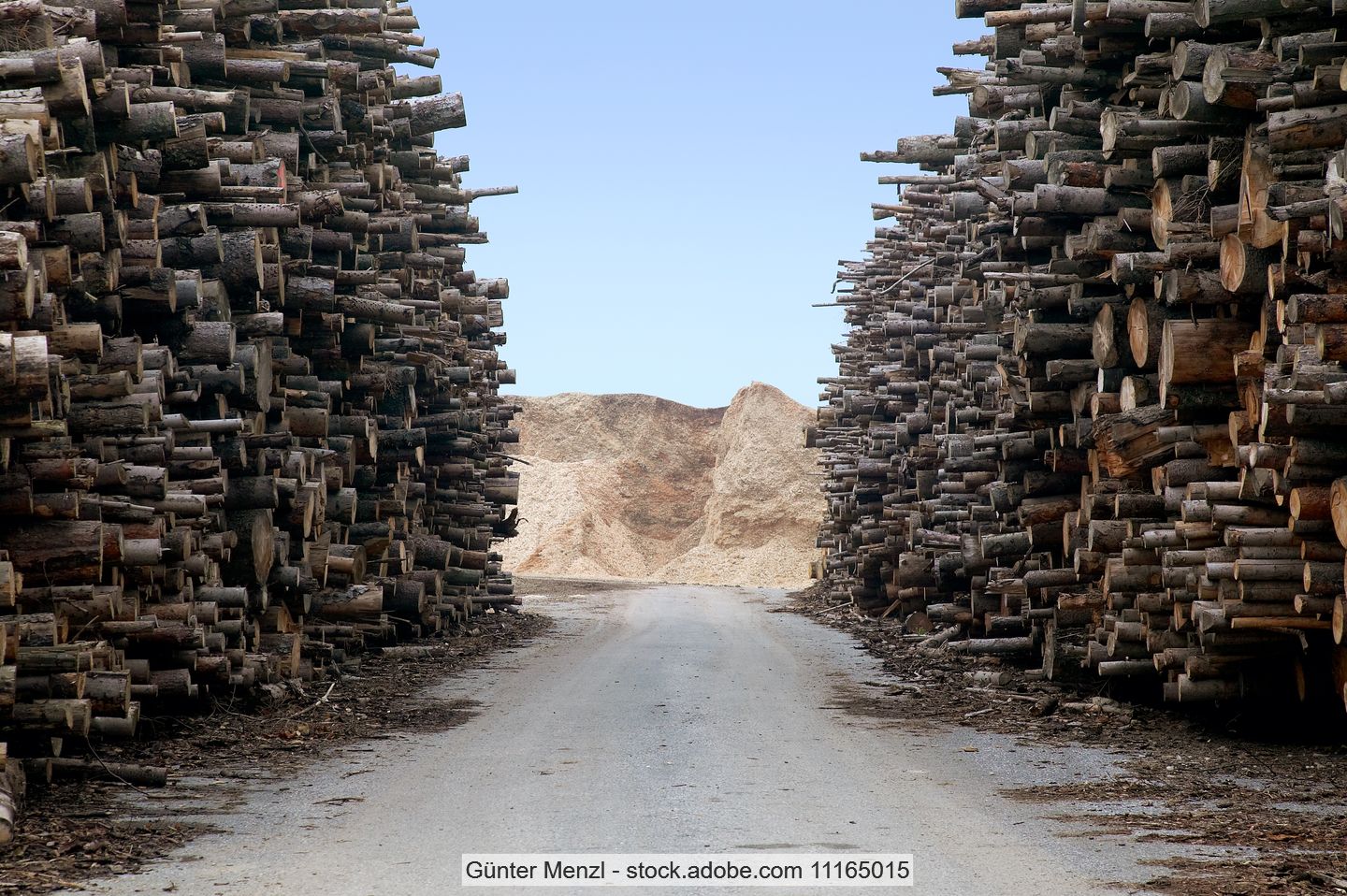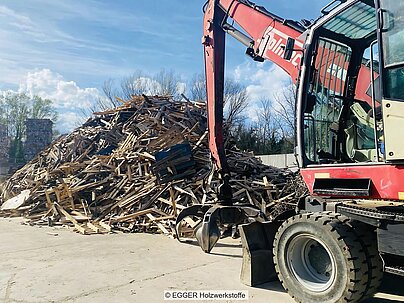At the beginning of the new year, the market for waste wood in Germany is more heterogeneous and volatile than ever before. With the exception of the Berlin region, where there are reportedly shortages, waste wood supply was still relatively good in the Northwest and East of the country and at least adequate as long as power plants were able to draw on their winter stockpiles.
In the South and West regions of the country, however, volumes are definitely becoming tighter, the EUWID market survey found. For the most part, respondents in the East and Northwest said they are not drawing down their winter stocks more than planned. However, one waste wood processor noted that it had only been possible to stockpile material because power plants had been idled.
By contrast, with a few exceptions, stockpiles elsewhere in the country were just barely sufficient or critically low, EUWID was told. Overall, winter stocks "saved” the power plants this year, but there were also exceptions to the rule, EUWID was told.
Demand for waste wood is somewhat lower due to the fact that biomass power plants are often only operating at partial load, say operators. It would be impossible anyway to operate at full load owing to the limited waste wood supply, they explain. And due to the recent steep drop in electricity revenues, it would be unprofitable to operate the boilers at peak output and nobody wants to "go out of their way to burn money".
Depending on the biomass plant, it is technically feasible to operate at just 60-80 per cent capacity. However, the resulting reduction in feed material may not be directly proportional to the decrease in the electrical output.
In response to the low electricity prices, some power plants also went completely offline between Christmas and New Year’s Day or on weekends. Moreover, insiders report that where operators had already sold a portion of their plants' monthly electricity output for relatively decent prices on the futures market, the plants were often taken offline once they had fulfilled their contractual obligations.
Wet weather reduces calorific value
The wet weather in recent months has created another challenge, having considerably increased the moisture content of waste wood, which in turn has an impact on fuel demand. Whereas waste wood typically has a moisture content of 20-25 per cent, levels of 40 or 45 per cent are not unusual at the moment, say power plant operators. However, others believe these estimates are too high and some say they have not registered any noticeable increase in moisture content.
This moisture has an effect on operations, explains one plant representative: As a rule of thumb, one tonne of waste wood can produce 1 Megawatt hour of electricity, but in extreme cases it requires approximately 1.3 tonnes of wood to generate 1 Megawatt hour. With such high moisture levels, plants are also reportedly having problems transporting the steam from the boiler.
Quite a few market experts expect that under the current difficult market conditions, plants that supply only electricity will get into financial trouble and may even exit the market. This is particularly true for the facilities that are no longer receiving the subsidies paid under Germany's Renewable Energy Sources Act (EEG).
Read the full report. . ....




